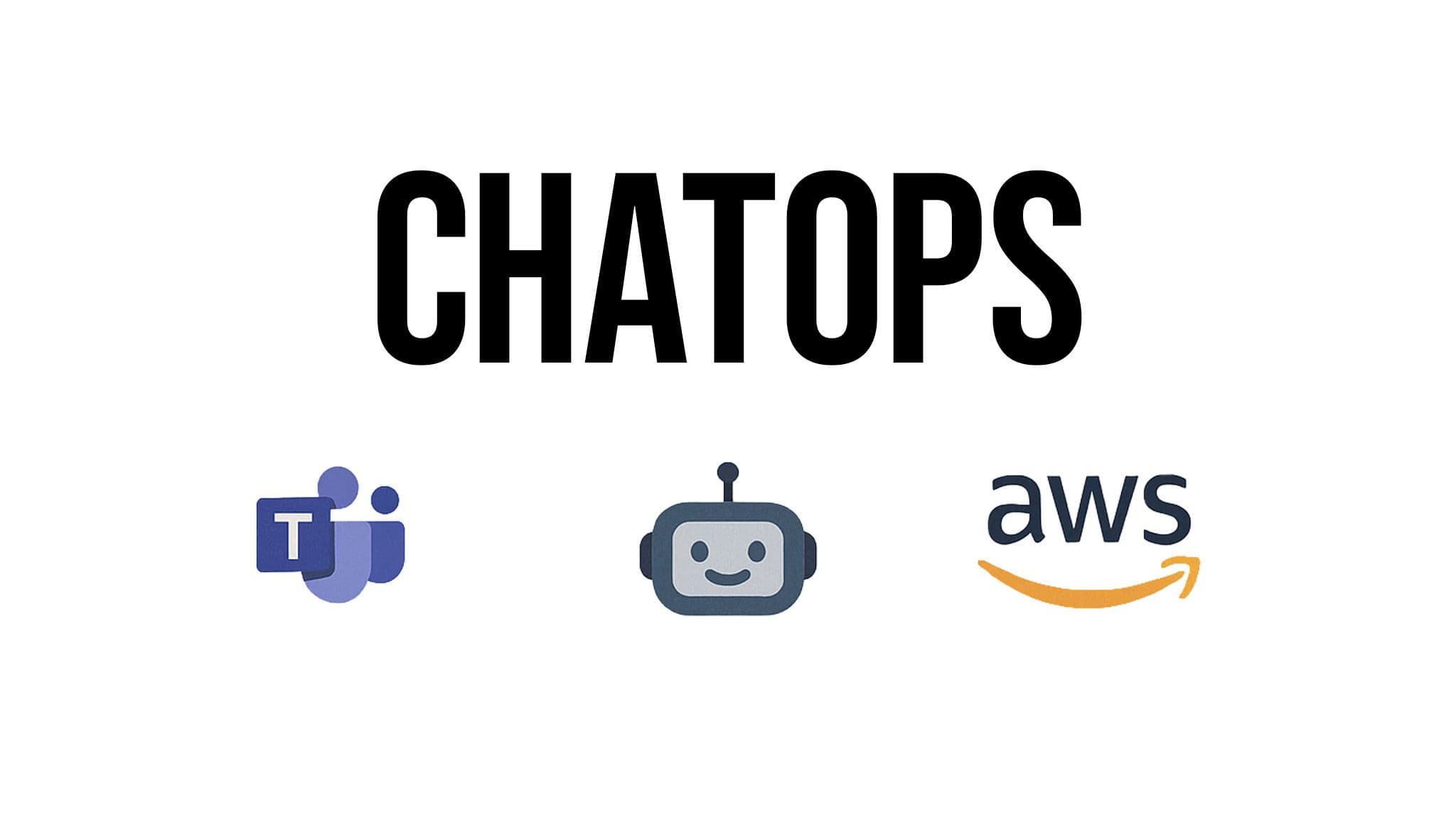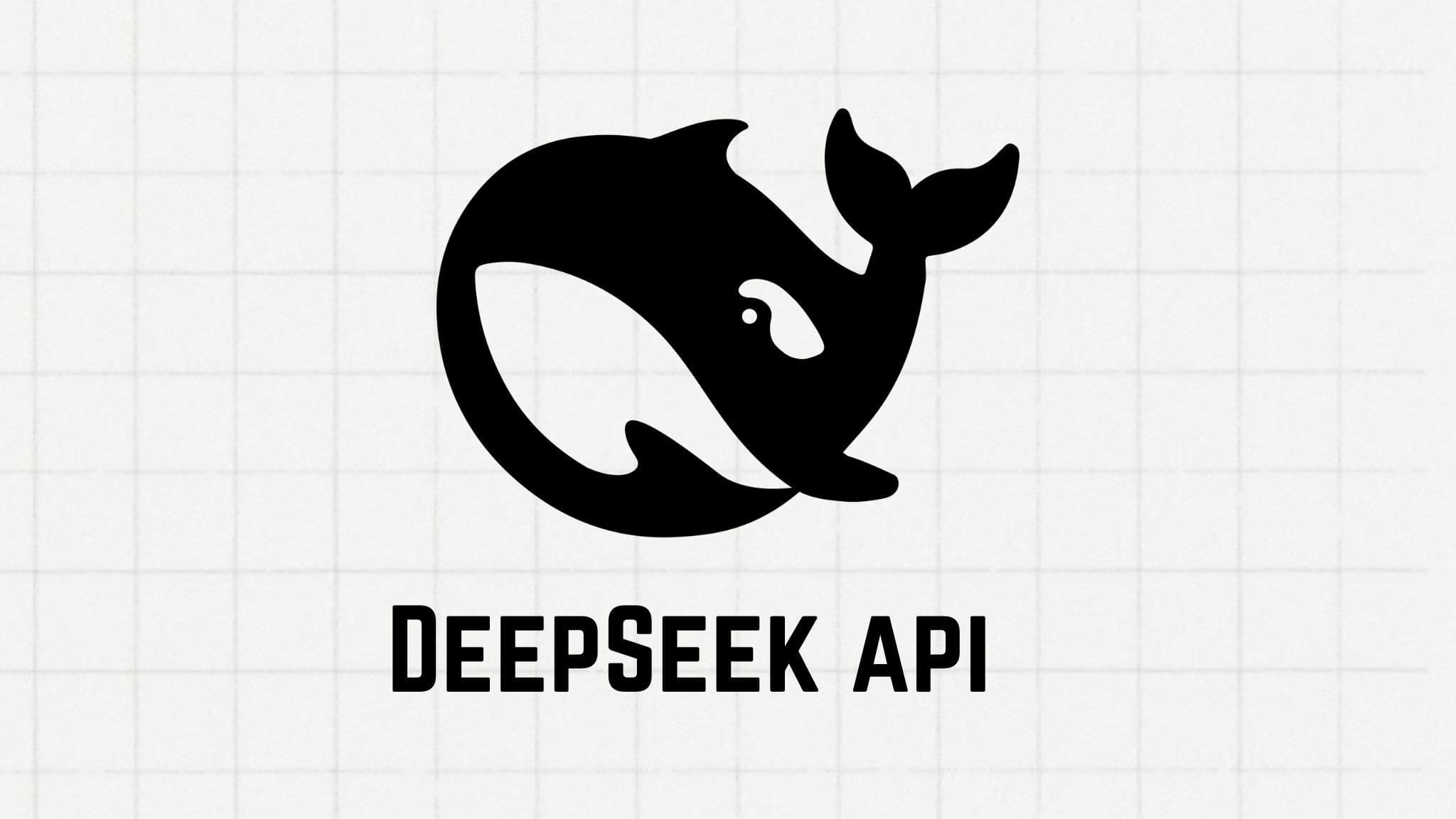10 Essential Machine Learning Use Cases for Business
Ilias Ism
Oct 1, 2024
15 min read

Machine learning (ML) is changing the business world, offering powerful tools to optimize operations, enhance decision-making, and drive innovation.
As we enter an era of unprecedented data availability and computational power, understanding and leveraging machine learning has become crucial for businesses of all sizes and industries.
In this comprehensive guide, we'll explore:
- What machine learning really means for businesses
- 10 game-changing applications of ML across industries
- How companies are using ML to gain a competitive edge
- The future of ML in business
Whether you're a startup founder or a Fortune 500 executive, this article will provide you with a clear roadmap for leveraging ML in your own organization.
![[object Object]](/_next/image?url=https%3A%2F%2Fcdn.sanity.io%2Fimages%2Fi6kpkyc7%2Fprod-dataset%2F28a62d9bbe2f28498b27872974341d377a8dac0c-1344x768.jpg&w=3840&q=75&dpl=dpl_7tntgJB8iWm72dhiFLjd2bFj7E8m)
We'll go beyond surface-level explanations to offer actionable insights, real-world case studies, and practical implementation strategies.
By the end of this guide, you'll have a thorough understanding of:
- The core concepts and technologies behind machine learning
- How ML can be applied to solve specific business challenges
- The steps required to implement ML solutions in your organization
- Potential pitfalls and ethical considerations to keep in mind
- Emerging trends that will shape the future of ML in business
Let's dive in and unlock the transformative potential of machine learning for your business.
(Want a glimpse into the future of AI-powered customer service? Check out our rundown of the top 5 AI chatbots of 2024.)
What is Machine Learning?
![[object Object]](/_next/image?url=https%3A%2F%2Fcdn.sanity.io%2Fimages%2Fi6kpkyc7%2Fprod-dataset%2F6d7a6c7cf089d7d521608dfefddca049c741e576-1344x768.jpg&w=3840&q=75&dpl=dpl_7tntgJB8iWm72dhiFLjd2bFj7E8m)
Machine learning is a subset of artificial intelligence that focuses on creating algorithms and statistical models that enable computer systems to improve their performance on a specific task through experience, without being explicitly programmed. A recent study reveals that more than 50% of companies have implemented machine learning in some capacity, indicating its shift from experimental technology to a standard business tool. One example of machine learning in education is AI-powered writing tools that assist students in crafting academic papers. These tools use advanced algorithms to analyze text, detect similarities, and ensure originality, helping students who need to write my essay without plagiarism while maintaining academic integrity.
Key components of machine learning include:
- Algorithms: The mathematical procedures that process and learn from data.
- Training data: The historical data used to teach the algorithm patterns and relationships.
- Features: The individual measurable properties of the phenomena being observed.
- Models: The output of the machine learning algorithm, which can make predictions or decisions without being explicitly programmed to do so.
Types of Machine Learning
There are three main types of machine learning:
Supervised Learning: The algorithm is trained on a labeled dataset, where the desired output is known. Examples include:
- Classification (e.g., spam detection)
- Regression (e.g., price prediction)
Unsupervised Learning: The algorithm works on unlabeled data to find hidden patterns or structures. Examples include:
- Clustering (e.g., customer segmentation)
- Dimensionality reduction (e.g., feature extraction)
Reinforcement Learning: The algorithm learns through interaction with an environment, receiving rewards or penalties for its actions. Examples include:
- Game playing AI
- Autonomous vehicles
Popular Machine Learning Algorithms
Some of the most widely used ML algorithms in business applications include:
- Linear Regression: Predicts a continuous outcome based on one or more input variables.
- Logistic Regression: Used for binary classification problems.
- Decision Trees: Creates a tree-like model of decisions based on feature thresholds.
- Random Forests: An ensemble of decision trees for improved accuracy and generalization.
- Support Vector Machines (SVM): Finds the optimal hyperplane to separate classes in high-dimensional space.
- K-Means Clustering: Groups similar data points into clusters.
- Neural Networks: Inspired by biological neural networks, capable of learning complex patterns.
How Machine Learning Works
The basic ML workflow typically involves the following steps:
- Data Collection and Preparation: Gathering relevant data and cleaning it for analysis. Machine learning for data processing helps automate data cleaning, transformation, and feature extraction, making models more efficient.
- Feature Engineering: Selecting and creating the most informative features for the model.
- Algorithm Selection: Choosing the appropriate ML algorithm based on the problem and data.
- Model Training: Using the training data to teach the algorithm to make predictions or decisions.
- Model Evaluation: Testing the model's performance on unseen data.
- Deployment and Monitoring: Integrating the model into production systems and continuously monitoring its performance.
Machine Learning vs. Traditional Programming
ML differs from traditional programming in several key ways:
- Data-driven approach: ML models learn from data, rather than following explicit instructions.
- Adaptability: ML models can improve over time as they're exposed to more data.
- Handling complexity: ML can find patterns in high-dimensional data that would be difficult for humans to program explicitly.
- Generalization: Well-designed ML models can make accurate predictions on new, unseen data.
Understanding these fundamental concepts is crucial for effectively implementing machine learning solutions in a business context. With this foundation in place, let's explore the specific applications that are transforming industries.
10 Essential Machine Learning Use Cases for Business
In this section, we'll dive deep into ten powerful applications of machine learning that are driving business value across industries. For each use case, we'll explore:
- The business problem it solves
- How ML is applied to address the challenge
- Real-world examples and case studies
- Specific ML techniques and algorithms used
- Implementation considerations and potential pitfalls
1. Customer Segmentation and Personalization
![[object Object]](/_next/image?url=https%3A%2F%2Fcdn.sanity.io%2Fimages%2Fi6kpkyc7%2Fprod-dataset%2Fa5a764c85730ff7886d377d8dac123937bc79e95-1344x768.jpg&w=3840&q=75&dpl=dpl_7tntgJB8iWm72dhiFLjd2bFj7E8m)
Business Problem: Understanding and targeting diverse customer groups effectively.
ML Solution: Machine learning algorithms can analyze vast amounts of customer data to identify distinct segments based on behavior, preferences, and demographics. This enables businesses to create highly personalized marketing campaigns, product recommendations, and customer experiences.
Case Study: Netflix's Recommendation System
Netflix uses a sophisticated ML-powered recommendation system that analyzes viewing history, ratings, and even the time of day users watch to suggest content. This personalization has been credited with saving the company an estimated $1 billion per year in customer retention.
Key Techniques:
- Clustering algorithms (e.g., K-means, hierarchical clustering)
- Collaborative filtering
- Matrix factorization
- Deep learning for feature extraction
Implementation Considerations:
- Data privacy and compliance with regulations like GDPR
- Balancing personalization with diversity to avoid filter bubbles
- Continuous model updating to reflect changing customer preferences
Potential Pitfalls:
- Overfitting to historical data, missing emerging trends
- Reinforcing biases present in training data
- Difficulty in explaining model decisions to stakeholders
By leveraging ML for customer segmentation and personalization, businesses can significantly improve customer satisfaction, increase retention rates, and drive revenue growth through more targeted marketing efforts.
2. Predictive Maintenance
![[object Object]](/_next/image?url=https%3A%2F%2Fcdn.sanity.io%2Fimages%2Fi6kpkyc7%2Fprod-dataset%2F9983531160a081b34b4189e88d2247f3e8273278-1344x768.jpg&w=3840&q=75&dpl=dpl_7tntgJB8iWm72dhiFLjd2bFj7E8m)
Business Problem: Minimizing equipment downtime and maintenance costs in manufacturing and industrial settings.
ML Solution: Machine learning models can analyze sensor data, historical maintenance records, and operating conditions to predict when equipment is likely to fail. This allows for proactive maintenance, reducing unexpected downtime and optimizing maintenance schedules.
Case Study: Rolls-Royce's Engine Health Management
Rolls-Royce uses ML-powered predictive maintenance for its jet engines. By analyzing data from thousands of sensors, they can predict potential issues before they occur, allowing airlines to schedule maintenance during planned downtime. This has resulted in a 25% reduction in engine maintenance costs and significantly improved reliability.
Key Techniques:
- Time series analysis
- Anomaly detection algorithms
- Random Forest for feature importance
- Recurrent Neural Networks (RNNs) for sequence prediction
Implementation Considerations:
- Integration with existing industrial control systems
- Handling real-time data streams from IoT sensors
- Balancing sensitivity (avoiding missed failures) with specificity (minimizing false alarms)
Potential Pitfalls:
- Overreliance on ML predictions without domain expert validation
- Difficulty in obtaining labeled data for rare failure events
- Ensuring model robustness in varying operating conditions
Predictive maintenance powered by ML can lead to substantial cost savings, improved equipment reliability, and enhanced safety in industrial operations.
3. Fraud Detection and Prevention
![[object Object]](/_next/image?url=https%3A%2F%2Fcdn.sanity.io%2Fimages%2Fi6kpkyc7%2Fprod-dataset%2Ff0e383c0e0e02a90d67e3ab1d2ce46404957328a-1344x768.jpg&w=3840&q=75&dpl=dpl_7tntgJB8iWm72dhiFLjd2bFj7E8m)
Business Problem: Protecting businesses and customers from financial fraud in real-time.
ML Solution: Machine learning models can analyze transaction patterns, user behavior, and network connections to identify potentially fraudulent activities. These models can adapt to new fraud tactics and provide real-time risk scoring for transactions.
Case Study: PayPal's Fraud Prevention System
PayPal uses a multi-layered ML approach to combat fraud, including E-commerce frauds. Their system analyzes hundreds of features in real-time, such as device data, transaction history, and network patterns. This framework has helped PayPal maintain a fraud rate of just 0.32% of revenue—far below the industry average—while securing millions of daily digital transactions.
Key Techniques:
- Anomaly detection algorithms
- Supervised classification (e.g., Random Forests, Gradient Boosting Machines)
- Graph analysis for detecting fraud networks
- Ensemble methods combining multiple models
Implementation Considerations:
- Handling highly imbalanced datasets (fraud is typically a rare event)
- Developing a system for rapid model updates to combat evolving fraud tactics
- Integrating ML predictions with rule-based systems and human expertise
Potential Pitfalls:
- False positives leading to poor customer experience
- Adversarial attacks on ML models by sophisticated fraudsters
- Difficulty in explaining model decisions in regulatory contexts
Effective ML-based fraud detection can save businesses millions in prevented losses, protect customer trust, and enable safer digital transactions.
4. Supply Chain Optimization
![[object Object]](/_next/image?url=https%3A%2F%2Fcdn.sanity.io%2Fimages%2Fi6kpkyc7%2Fprod-dataset%2F1d73532beab50db0a4184f3abe14863063fcb6f8-1344x768.jpg&w=3840&q=75&dpl=dpl_7tntgJB8iWm72dhiFLjd2bFj7E8m)
Business Problem: Managing complex, global supply chains efficiently in the face of uncertainty.
ML Solution: Machine learning can optimize various aspects of the supply chain, including demand forecasting, inventory management, route optimization, and supplier risk assessment. ML models can incorporate diverse data sources to make more accurate predictions and recommendations.
Case Study: Amazon's Anticipatory Shipping
Amazon uses ML to predict which products customers in specific areas are likely to purchase. This "anticipatory shipping" model allows them to move products to local distribution centers before orders are placed, significantly reducing delivery times and improving customer satisfaction.
Key Techniques:
- Time series forecasting (e.g., ARIMA, Prophet, LSTM networks)
- Reinforcement learning for dynamic optimization
- Natural Language Processing (NLP) for supplier risk analysis
- Genetic algorithms for complex routing problems
Implementation Considerations:
- Integrating data from multiple sources (ERP systems, external economic indicators, weather data)
- Balancing multiple, often conflicting objectives (cost, speed, reliability)
- Developing flexible models that can adapt to supply chain disruptions
Potential Pitfalls:
- Overreliance on historical data in rapidly changing environments
- Difficulty in quantifying the impact of rare, high-impact events (e.g., global pandemics)
- Ensuring model interpretability for supply chain managers
ML-powered supply chain optimization can lead to reduced costs, improved service levels, and greater resilience to disruptions.
5. Chatbots and Virtual Assistants
![[object Object]](/_next/image?url=https%3A%2F%2Fcdn.sanity.io%2Fimages%2Fi6kpkyc7%2Fprod-dataset%2Fa409ec1dfc7a383594b5952236fbd0ef4aaa00c2-1344x768.jpg&w=3840&q=75&dpl=dpl_7tntgJB8iWm72dhiFLjd2bFj7E8m)
Business Problem: Providing efficient, 24/7 customer service while managing costs.
ML Solution: Machine learning enables the development of intelligent chatbots and virtual assistants that can understand natural language, interpret user intent, and provide relevant responses. These AI-powered assistants can handle a wide range of customer inquiries, freeing up human agents for more complex issues.
Case Study: Chatbase's Custom AI Chatbots
Chatbase allows businesses to create custom AI chatbots trained on their specific data and knowledge base. These chatbots can provide personalized customer support, answer product questions, and even assist with sales processes. By leveraging advanced natural language processing and machine learning techniques, Chatbase-powered chatbots can understand context and provide more accurate and helpful responses compared to traditional rule-based chatbots.
Key Techniques:
- Natural Language Processing (NLP) for understanding user queries
- Intent classification algorithms
- Entity recognition for extracting key information
- Dialogue management systems
- Transfer learning for domain-specific language understanding
Implementation Considerations:
- Designing conversational flows that feel natural and helpful
- Integrating chatbots with existing customer service systems
- Continuously improving the chatbot based on user interactions
- Ensuring smooth handoff to human agents when necessary
Potential Pitfalls:
- Frustrating user experiences if the chatbot can't understand complex queries
- Potential brand damage if the chatbot provides incorrect information
- Privacy concerns when handling sensitive customer data
AI-powered chatbots and virtual assistants can significantly improve customer service efficiency, reduce response times, and provide 24/7 support while controlling costs.
6. Predictive Analytics for Sales and Marketing
![[object Object]](/_next/image?url=https%3A%2F%2Fcdn.sanity.io%2Fimages%2Fi6kpkyc7%2Fprod-dataset%2F0b4554f82ce61238f62f47e7a612abad5ec868cc-1344x768.jpg&w=3840&q=75&dpl=dpl_7tntgJB8iWm72dhiFLjd2bFj7E8m)
Business Problem: Optimizing sales and marketing efforts to improve conversion rates and ROI.
ML Solution: Machine learning models can analyze historical sales data, customer interactions, and external factors to predict future sales trends, identify high-value leads, and optimize marketing spend across channels.
Case Study: Salesforce Einstein
Salesforce's Einstein AI platform uses machine learning to provide predictive analytics for sales and marketing teams. It can predict which leads are most likely to convert, recommend the next best actions for sales reps, and optimize email marketing campaigns based on individual customer preferences.
Key Techniques:
- Regression analysis for sales forecasting
- Classification algorithms for lead scoring
- Survival analysis for customer lifetime value prediction
- Multi-touch attribution modeling for marketing optimization
Implementation Considerations:
- Integrating data from CRM, marketing automation, and other business systems
- Developing interpretable models that sales and marketing teams can trust and act upon
- Balancing short-term predictions with long-term strategic goals
Potential Pitfalls:
- Overreliance on historical data in rapidly changing markets
- Difficulty in capturing the impact of qualitative factors (e.g., brand perception)
- Potential for reinforcing biases in lead scoring and targeting
ML-powered predictive analytics can help businesses allocate resources more effectively, improve conversion rates, and increase the overall efficiency of sales and marketing efforts.
7. Image and Video Analysis
![[object Object]](/_next/image?url=https%3A%2F%2Fcdn.sanity.io%2Fimages%2Fi6kpkyc7%2Fprod-dataset%2F13659c307b43e2e2577f53e91796532c64c33931-1344x768.jpg&w=3840&q=75&dpl=dpl_7tntgJB8iWm72dhiFLjd2bFj7E8m)
Business Problem: Extracting valuable insights from visual data at scale.
ML Solution: Machine learning, particularly deep learning techniques, can analyze images and videos to perform tasks such as object detection, facial recognition, quality control, content moderation, and Video to Text processing.
Case Study: Pinterest's Visual Search
Pinterest uses computer vision and ML to power its visual search feature. Users can select part of an image and find visually similar items, enabling more intuitive product discovery. This has significantly improved user engagement and provided new opportunities for advertisers.
Key Techniques:
- Convolutional Neural Networks (CNNs) for image classification
- Object detection algorithms (e.g., YOLO, SSD)
- Facial recognition models
- Transfer learning for adapting pre-trained models to specific domains
Implementation Considerations:
- Managing the computational resources required for processing large volumes of visual data
- Ensuring model robustness across different image qualities and formats
- Addressing privacy concerns, especially in facial recognition applications
Potential Pitfalls:
- Biases in training data leading to unfair or inaccurate results
- Difficulty in explaining model decisions for complex neural networks
- Potential misuse of technology, particularly in surveillance applications
Image and video analysis powered by ML can unlock new insights from visual data, improve product discovery, and automate previously manual visual inspection tasks.
8. Sentiment Analysis and Social Media Monitoring
![[object Object]](/_next/image?url=https%3A%2F%2Fcdn.sanity.io%2Fimages%2Fi6kpkyc7%2Fprod-dataset%2F325ba0e413f6f13aa400dff9f024e3c9c8b9d2c3-1344x768.jpg&w=3840&q=75&dpl=dpl_7tntgJB8iWm72dhiFLjd2bFj7E8m)
Business Problem: Understanding public perception and managing brand reputation in real-time.
ML Solution: Machine learning models can analyze text data from social media, reviews, and customer feedback to determine sentiment, identify emerging trends, and detect potential PR crises.
Case Study: Twitter's Content Moderation
Twitter uses ML-powered sentiment analysis and content classification to identify and flag potentially harmful or abusive content. This helps them moderate content at scale and maintain a safer platform for users.
Key Techniques:
- Natural Language Processing (NLP) for text classification
- Named Entity Recognition (NER) for identifying mentions of brands or products
- Topic modeling for trend identification
- Aspect-based sentiment analysis for detailed feedback understanding
Implementation Considerations:
- Handling the high volume and velocity of social media data
- Adapting to evolving language and slang used on social platforms
- Balancing automated analysis with human judgment for sensitive issues
Potential Pitfalls:
- Difficulty in detecting sarcasm and context-dependent sentiment
- Potential for amplifying biases present in social media data
- Over-reliance on sentiment scores without considering broader context
Sentiment analysis and social media monitoring can help businesses respond quickly to customer concerns, identify opportunities for engagement, and protect their brand reputation.
9. Dynamic Pricing and Revenue Management
![[object Object]](/_next/image?url=https%3A%2F%2Fcdn.sanity.io%2Fimages%2Fi6kpkyc7%2Fprod-dataset%2F59ecfa222113f95680933d0038f311915b32a124-1344x768.jpg&w=3840&q=75&dpl=dpl_7tntgJB8iWm72dhiFLjd2bFj7E8m)
Business Problem: Optimizing pricing strategies to maximize revenue while maintaining customer satisfaction.
ML Solution: Machine learning algorithms can analyze historical sales data, competitor pricing, demand patterns, and other relevant factors to dynamically adjust prices in real-time.
Case Study: Uber's Surge Pricing
Uber uses ML algorithms to implement its surge pricing model. The system analyzes real-time data on rider demand and driver availability to adjust prices dynamically, incentivizing more drivers to come online during peak demand periods.
Key Techniques:
- Reinforcement learning for dynamic optimization
- Time series forecasting for demand prediction
- Regression analysis for price elasticity modeling
- Multi-armed bandit algorithms for price testing
Implementation Considerations:
- Integrating with existing e-commerce and point-of-sale systems
- Developing a robust testing framework for price changes
- Ensuring pricing decisions align with overall business strategy and brand positioning is essential. A business strategy partner can help refine these decisions for better market positioning.
Potential Pitfalls:
- Potential negative customer perception of frequent price changes
- Difficulty in isolating the impact of pricing from other factors
- Regulatory concerns, especially in industries with pricing restrictions
Dynamic pricing powered by ML can help businesses maximize revenue, manage inventory more effectively, and respond quickly to changing market conditions.
10. Human Resources and Talent Management
![[object Object]](/_next/image?url=https%3A%2F%2Fcdn.sanity.io%2Fimages%2Fi6kpkyc7%2Fprod-dataset%2F15519d1ae8cfb5f94718e9ea6bf221022e8ce96e-1280x604.png&w=3840&q=75&dpl=dpl_7tntgJB8iWm72dhiFLjd2bFj7E8m)
Business Problem: Attracting, developing, and retaining top talent in a competitive job market.
ML Solution: Machine learning can assist in various aspects of HR, including resume screening, predicting employee churn, personalizing learning and development programs, and optimizing workforce scheduling.
Case Study: IBM's Watson Career Coach
IBM uses its Watson AI platform to provide personalized career advice to employees. The system analyzes an employee's skills, experience, and career goals to suggest potential career paths and learning opportunities within the company.
Key Techniques:
- Natural Language Processing (NLP) for resume analysis and job matching
- Survival analysis for predicting employee turnover
- Recommendation systems for personalized learning content
- Optimization algorithms for workforce scheduling
Implementation Considerations:
- Ensuring fairness and avoiding bias in hiring and promotion decisions
- Balancing data-driven insights with human judgment in people management
- Addressing privacy concerns and building trust with employees
Potential Pitfalls:
- Potential for reinforcing existing biases in hiring and promotion
- Difficulty in capturing intangible factors that contribute to job performance
- Risk of over-optimizing for short-term metrics at the expense of long-term employee development
ML applications in HR can help businesses make more informed decisions about talent management, improve employee engagement, and create more efficient workforce planning processes.
Implementing Machine Learning in Your Business
Now that we've explored the key applications of machine learning in business, let's discuss how to effectively implement ML solutions in your organization.
Assessing ML Readiness
Before diving into ML projects, it's crucial to assess your organization's readiness:
Data Infrastructure: Evaluate the quality, quantity, and accessibility of your data.
Technical Capabilities: Assess your team's ML and data science skills.
Business Alignment: Identify high-impact use cases that align with strategic goals.
Cultural Readiness: Gauge your organization's willingness to adopt data-driven decision-making.
Building an ML Team
Successful ML implementation often requires a multidisciplinary team:
Data Scientists: For developing and training ML models
ML Engineers: For deploying and maintaining ML systems
Domain Experts: To provide business context and validate results
Data Engineers: To manage data pipelines and infrastructure, consider leveraging Addepto - data engineering services for specialized expertise.
Project Managers: To coordinate ML initiatives across departments and run project management software for engineers.
Consider whether to build an in-house team, partner with external experts, or use a hybrid approach.
Choosing the Right Tools and Platforms
The ML ecosystem offers a wide range of tools and platforms:
Open-source Libraries: TensorFlow, PyTorch, scikit-learn
Cloud ML Platforms: AWS SageMaker, Google Cloud AI Platform, Azure Machine Learning
AutoML Tools: H2O.ai, DataRobot, Google Cloud AutoML
Specialized Solutions: For specific use cases like chatbots (e.g., Chatbase)
Select tools based on your team's skills, project requirements, and scalability needs.
Data Collection and Preparation
High-quality data is crucial for ML success:
Identify relevant data sources (internal and external)
Implement robust data collection processes
Clean and preprocess data to handle missing values, outliers, and inconsistencies
Perform feature engineering to create informative input variables
Model Development and Training
Develop ML models following best practices:
Start with simple models and gradually increase complexity
Use cross-validation to assess model performance, similar to how healthcare students use HESI practice tests to evaluate their knowledge before certification.
Tune hyperparameters systematically
Ensemble multiple models for improved accuracy
Document your process and decisions for reproducibility
Deployment and Monitoring
Deploying ML models requires careful planning:
Develop a robust testing framework
Implement gradual rollout strategies (e.g., A/B testing)
Set up monitoring systems to track model performance
Establish processes for model updating and retraining
Ensure compliance with relevant regulations (e.g., GDPR, CCPA)
Ethical Considerations
As you implement ML solutions, consider the ethical implications:
Fairness: Ensure your models don't discriminate against protected groups
Transparency: Be prepared to explain model decisions, especially in regulated industries
Privacy: Protect user data and obtain necessary consents
Accountability: Establish clear ownership and responsibility for ML systems
Societal Impact: Consider the broader implications of your ML applications
The Future of Machine Learning in Business
As we look ahead, several trends are shaping the future of ML in business:
Automated Machine Learning (AutoML): Tools that automate the ML pipeline, making it accessible to non-experts.
Explainable AI: Techniques to make ML models more interpretable and transparent.
Edge AI: Running ML models on edge devices for real-time processing and improved privacy.
Federated Learning: Training models across decentralized devices without sharing raw data.
Quantum Machine Learning: Leveraging quantum computing for certain ML tasks.
The Role of Chatbots and Conversational AI
Chatbots and conversational AI are set to play an increasingly important role in business:
Enhanced Natural Language Understanding: More human-like interactions
Multi-modal Interactions: Combining text, voice, and visual inputs
Emotional Intelligence: Recognizing and responding to user emotions
Personalization at Scale: Tailoring conversations to individual users
Integration Across Business Functions: From customer service to sales and internal operations
Tools like Chatbase are making it easier for businesses to create custom AI chatbots tailored to their specific needs and knowledge base. As these technologies advance, we can expect even more seamless and valuable AI-powered interactions.
Conclusion
Machine learning has moved beyond hype to become a critical tool for business success in the digital age. By understanding the key applications, implementation strategies, and future trends discussed in this guide, you'll be well-equipped to leverage ML for competitive advantage.
Remember these key takeaways:
Start with clear business objectives and high-impact use cases
Invest in data quality and infrastructure
Build a multidisciplinary team and foster a data-driven culture
Choose the right tools and platforms for your needs
Implement ML solutions gradually, with continuous monitoring and improvement
Consider ethical implications and prioritize responsible AI practices
As you embark on your ML journey, stay curious, be willing to experiment, and always keep the end-user impact in mind. The organizations that successfully harness the power of machine learning will be well-positioned to thrive in an increasingly data-driven world.
Are you ready to unlock the potential of machine learning for your business? Start by identifying your highest-impact use cases and taking steps to improve your data readiness. The future of business is intelligent, automated, and data-driven – and it starts with machine learning. Add to Conversation
Share this article:






